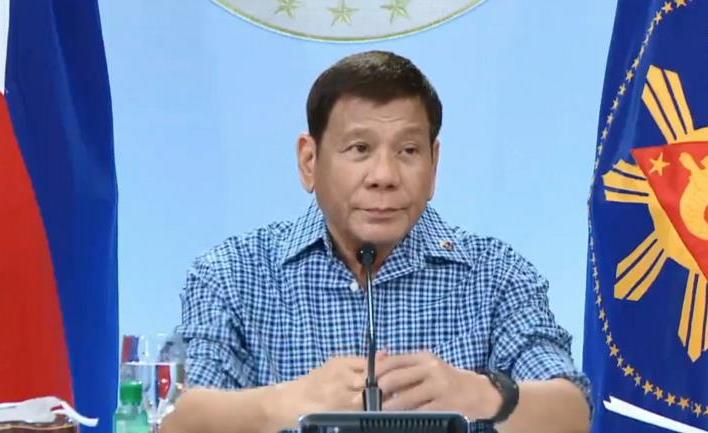On the evening of May 13, Philippines President Rodrigo Duterte announced a new policy of community segregation in a nationally televised address. From 15 May to 31 May, the level of pandemic prevention measures in and around the Philippines capital, Metro Manila, and four provinces, Krabiti, Inner Lake, Bragan and Rizal, was reduced from “improved enhanced community segregation” to “general community isolation”, but stricter restrictions will be enforced.
According to the latest regulations, from 15 May to 31 May, the cities of Santiago, Querino, Ifogao and Sanbaoyan will still implement more stringent “improved enhanced community segregation” measures Abaaoud, Biju, Benguet, Kalinga, Alpine, Abra, Kagayan, Isabella, New Biscay, Octopus, Quezon, Princess Harbor, Iligan, Davao, South Lanao Province, the rest of the country will implement the most relaxed “improved version of the general community isolation” measures.
The current community isolation policy in the Philippines is divided into four levels, from highest to lowest, respectively, to strengthen community isolation, improved version of enhanced community isolation, general community isolation, and improved version of general community isolation.
From 29 March to 11 April, the Philippines capital, Metro Manila, and four surrounding provinces implemented the strictest “enhanced community segregation” measures. From 12 April to 14 May, the quarantine measure was downgraded to “improved enhanced community segregation”.
As of May 13, the total number of confirmed cases of coronavirus in the Philippines exceeded 1.12 million.



